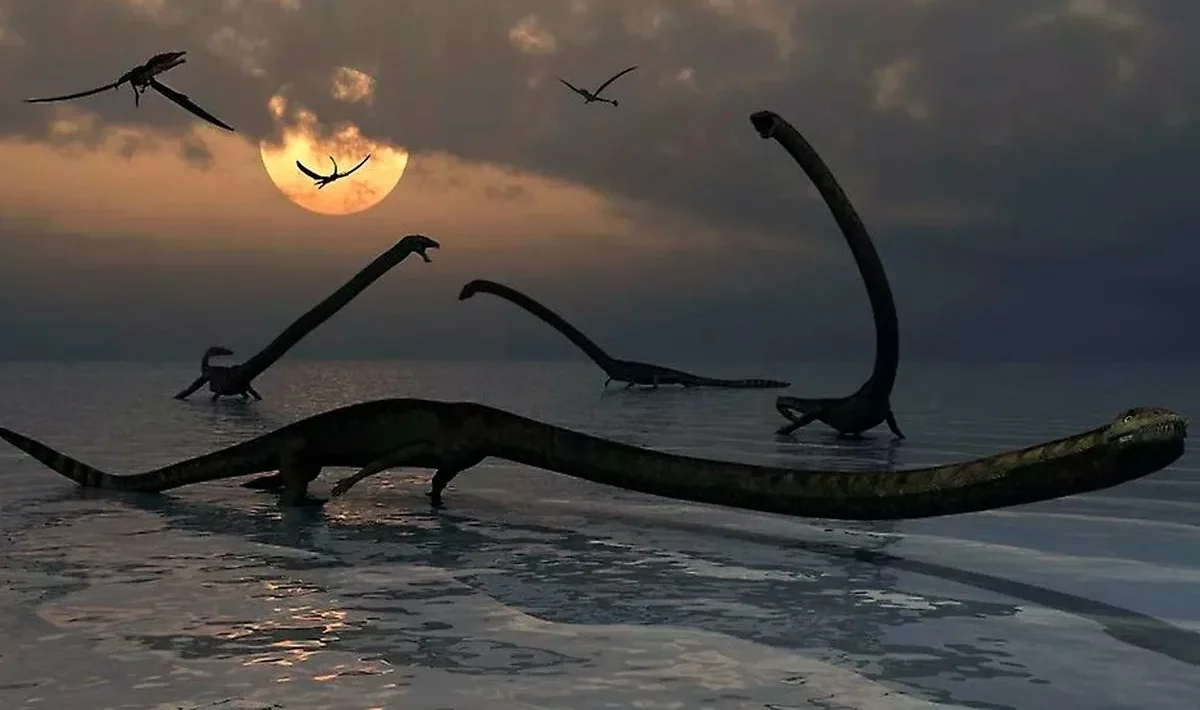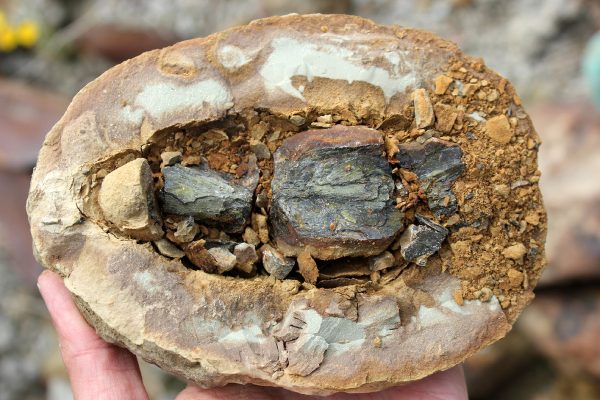‘It’s a fantastic time for plesiosaur research,’ they say.
A surprising discovery in Germany. 183 million years ago, a long-necked lizard, a plesiosaur, sank and ended up on the seabed that soon after became continental Europe. Since it was unearthed in 1978 in the south-west of the country, researchers have studied its perfectly preserved skeleton, but they have never been able to identify the species. Until now.
According to the Danish media outlet Videnskab, the result was historic: a species that had never been recorded before, a Plesionectes longicollum. Ida Bonnevier Wallstedt, a palaeontologist at the Natural History Museum of Denmark, says that plesiosaurs ‘were a large group of reptiles that lived in the sea at the same time as the dinosaurs’, approximately 203 million years ago, until the meteorite impact 66 million years ago.
In statements collected by the media, she asserts that ‘they lived in most parts of the world.’ Broadly speaking, she says, they can be divided into two groups: ‘those with short necks and large heads, and those with small heads and long necks.’ The plesionectes longicollum discussed in the new study was of the latter type.
Bonnevier celebrates that ‘it’s a fantastic time for plesiosaur research.’ ‘In recent decades, we’ve really started to look more closely at the soft tissue in fossils: for example, petrified skin,’ he explains. ‘This gives us a completely different view of the life of these animals.’ Likewise, researchers are obtaining new tools to study fossils.
He also notes that the discovery would have been unthinkable ten years ago. Bonnevier believes that plesiosaurs are ‘too overshadowed by dinosaurs.’ ‘Popular culture is beginning to realise how fascinating different marine reptiles were, for example, with mosasaurs in the Jurassic World films,’ he concludes.





